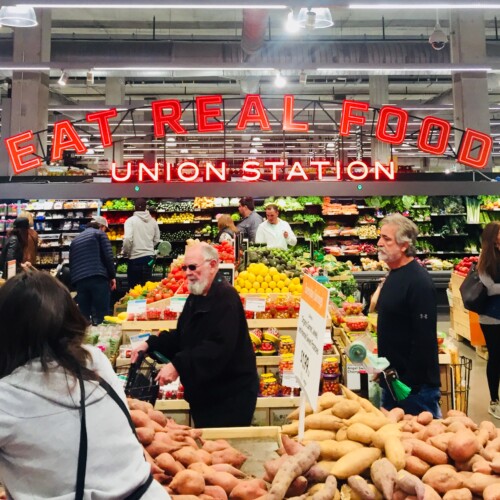 Whole Foods can be a magical place, with tons of unique and interesting produce, products and new favorites for you to discover; but there's a reason everyone jokingly refers to it as "Whole Paycheck" -- it can get expensive to shop at Whole Foods, and if you're not careful, you'll walk out of the store having spent your entire food budget on artisan cookies, natural beauty products, organic beef jerkey and the entire salad bar.
Whole Foods can be a magical place, with tons of unique and interesting produce, products and new favorites for you to discover; but there's a reason everyone jokingly refers to it as "Whole Paycheck" -- it can get expensive to shop at Whole Foods, and if you're not careful, you'll walk out of the store having spent your entire food budget on artisan cookies, natural beauty products, organic beef jerkey and the entire salad bar.
But it's not impossible to shop at Whole Foods without breaking the bank - simply follow a few tips to stay within your budget.
1. Plan to Save
Before you even get to the parking lot, subscribe to your local store’s newsletter and receive the latest news on national one-day sales and store-specific sales. You can also download the Whole Foods app to keep coupons and sale details at your fingertips, create a shopping list and gain access to exclusive coupons. Just scan the phone's bar code in the app at checkout. Additionally, follow your local store on Facebook page and Twitter to hear about upcoming sales and deals, and build your weekly meal plan around sale items.
2. Flip Through the Whole Deal
Pick up the Whole Deal coupon book when you walk in the store and look for coupons to use throughout the store. You can save some serious cash here, just make sure you look for coupons on items you typically buy or already planned to purchase - it's easy to get sucked in to buying things you don't need.
3. Shop on Wednesdays
Wednesdays are when Whole Foods' Sales Flyers overlap. This means the sales from the previous week end and the sales for the upcoming week begin on the same day, and you can shop both sales at once!
4. Buy In-season Produce
Look for seasonal produce for the best deals (you can usually identify in-season produce because there is higher volume and they're usually stocked up front and on the end caps). Whole Foods also reduces the price of produce on the weekends to make room for upcoming produce selections.
5. Shop the Bulk Section
Bulk products can be a great alternative to pre-packaged or canned goods -- shop here for grind-your-own peanut or almond butter, arborio and jasmine rice, cereal, nuts, panko crumbs, couscous, quinoa, granola, beans and more. Just make sure you don't go crazy and only buy as much as you need. The great thing about shopping in bulk is, it gives you the flexibility to get what you need without having to buy too much of an ingredient you may not use again. Sometimes you can also find spices in bulk, which is great for recipes that call for spices you won't use again. I love to bring bulk products home and store them in pretty mason jars in my pantry.
6. Order Daily Specials at the Butcher Counter
Check out the specials and low-priced catch of the day to score top-quality seafood, or purchase whole fish, which tend to be half the price per pound than expensive fillets. And while you're at the fish counter, ask them to peel and devein your shrimp for you and debone filets -- they do this at no charge! Look for butcher counter specials for prices competitive with other traditional grocers, and when buying chicken breasts, choose skin-on, as it's less expensive per pound than the boneless, skinless variety. Buying for a group? If you're buying more than three pounds of meat, ask the butcher counter if your purchase qualifies for a discount.
7. (Re)cut the Cheese, or Meat, or Poduce
If you want a smaller portion of pre-cut cheese or meats, ask the employee at the counter to re-cut it for you to whatever portion you need. Similarly, if you only need a portion of a fruit or vegetable, just ask to have it cut - they'll do it at no charge!
8. Look for the 365 Everyday Value Brand
The 365 Whole Foods Everyday Value and 365 Organic house-brand items are great quality, well-designed products, all for the price of traditional grocery stores. Stock up on the 365 olive oil, the 365 barrel-aged balsamic vinegar, the 365 peanut sauce and more. These product meet Whole Foods' strict requirements, which means you won't pay more for brand names that likely taste the same.
9. Buy Fresh Bread
Besides tasting tons better than pre-packaged breads, Whole Foods will run a special on their bread of the day, making it budget-friendly. You can even ask for a half loaf or portion it when you get home and freeze half, ensuring it won't go bad befor you get a chance to enjoy it.
10. Get a Case Discount
Whole Foods offers a 10% discount on cases, even on bottled water, alcohol and produce. This is a great for canned goods or pantry items. Just ask how many items are in a case (for wine it's typically 6 bottles), and remind your cashier about the case discount while checking out.
11. Skip the Salad Bar
Although tempting, the prepared foods and salad bar section charges by the pound, and can add up quickly. If you do need a quick lunch, get to know your local store's weekly deals on prepared foods. Many stores offer deals on the salad bar and sandwiches on certain days of the week. Some deli vendors at Whole Foods offer punch cards for discounts on sandwiches and more after a certain number of purchases. You can also get punch cards in the health and supplement section - just ask customer service desk for punch card options available at your store.
12. Try Before You Buy
Take advantage of Whole Foods' generous sampling policy. There's no use spending money on something you aren't sure you'll like, and you can almost always sample an item before you purchase. Just ask an employee, and they'll be happy to offer a taste test if you’d like to sample a product before purchasing.
13. Use Your Amazon Prime Membership
Whole Foods often has Prime Member-only deals in store--just make sure you link your Amazon account with the Whole Foods app and scan the barcode at checkout, or link your phone number. If you're a Amazon Prime Rewards Visa card holder, you'll get 5% back on all Whole Foods Market purchases! Cardholders who aren't Amazon Prime members will get 3% cash back at Whole Foods. Prime members can also get free two-hour delivery in certain locations, plus other in-store discounts and rewards.
14. BYOB (Bring Your Own Bag)
Whole Foods offers a bag discount if you bring your own reusable bag to encourage recycling (discounts vary by location) - this will save you up to $.10 off your bill for each reusable bag you use, and hey, every cent counts.
15. Scout the Sales
Look for yellow and red tags on grocery items, supplements, or body care products and note the date range of the sale on the tag. Then, stop by the store early on the day after the sale has ended, and check if the sale tag is still up. If your item rings up at a different price than what’s marked on the tag, it’s free.
Shopping at Whole Foods Market doesn't have to be expensive - by sticking to these tips, you can walk out of the store with healthy foods you need and your paycheck in tact.
What money-saving tips do you have for shopping at Whole Foods? Share in the comments below.

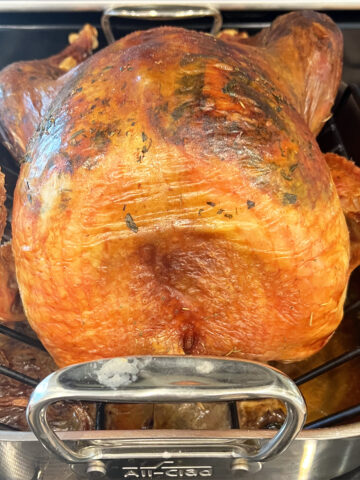
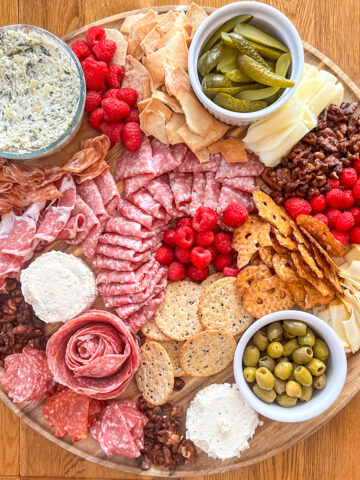
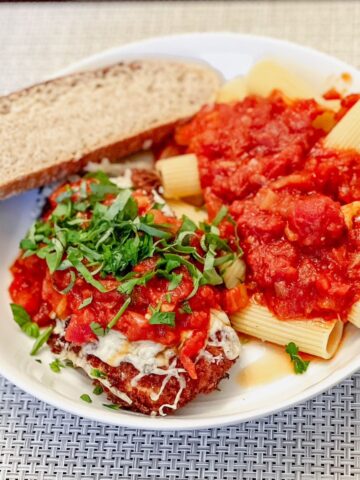
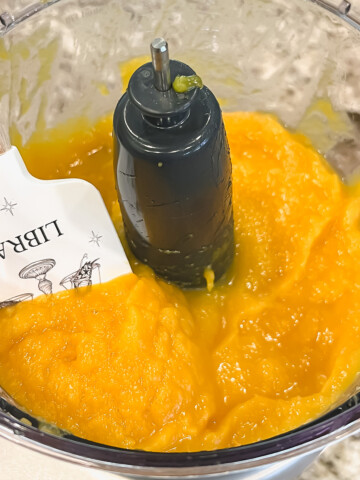
Share Your Thoughts